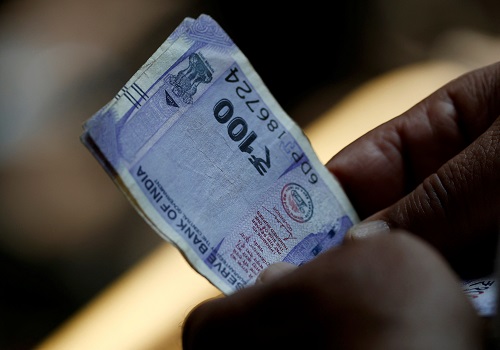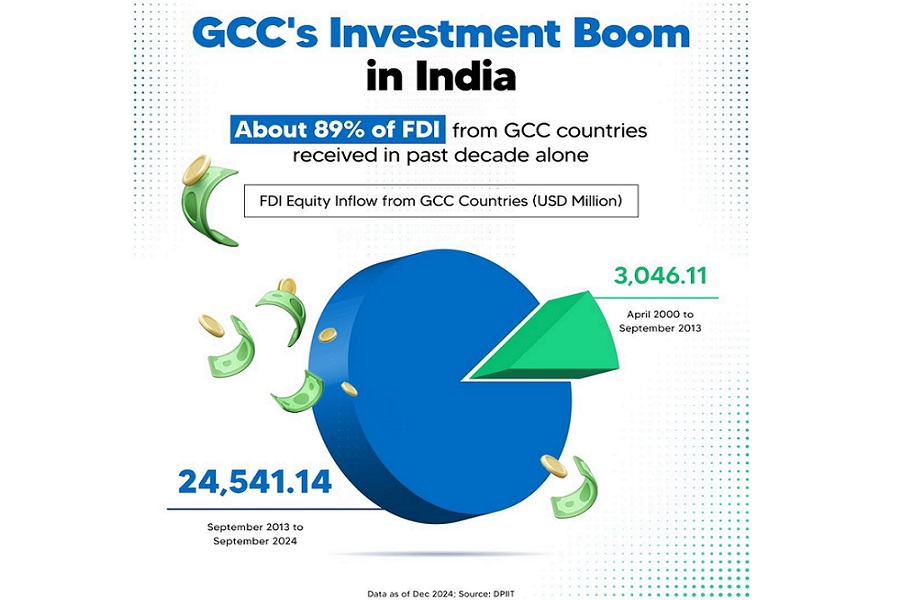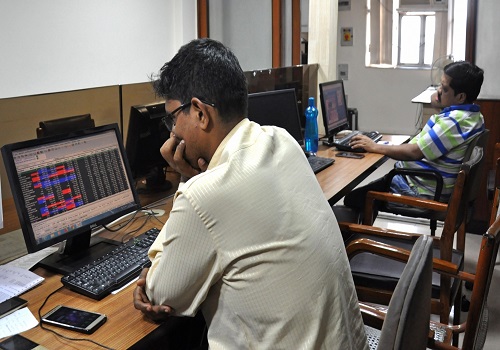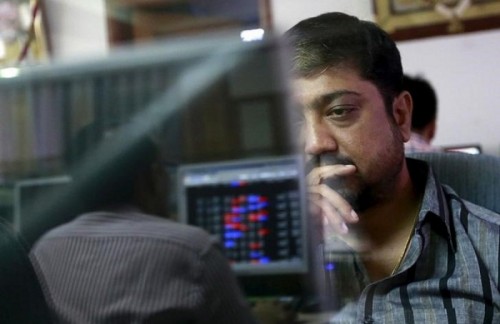Mutual Fund Review - November, 2021 By ICICI Direct

Follow us Now on Telegram ! Get daily 10 - 12 important updates on Business, Finance and Investment. Join our Telegram Channel
Equity Market
Update
Indian equity markets, after having witnessed an unprecedented rally since March 2020, witnessed the first meaningful correction from the October 2021 all-time highs. The headline and broader indices are down more than 5%.
Indian markets have been one of the best performing markets compared to its global peers this calendar year despite the recent correction.
Confluence of many fundamental factors led to the recent rally. First and foremost, equity as an asset class is being widely and rightly recognised as an asset generating inflation beating returns or real returns over a long period of time and is indeed very much liquid in nature; the there is no alternative (TINA) factor is at play. Secondly, with the increase in pace of digitisation, a set of efficiencies have creeped into organisations as well as the economy, indicating better corporate earnings/GDP growth. Thirdly, with new age technology platforms, the reach of equities has increased with record number of demat accounts being opened over the last 18 months, indicating enhanced retail participation. Higher pace of vaccination and progrowth policy measures from the government like PLI scheme also helped market sentiments.
India has been the preferred destination of foreign investors with inflows touching an all-time high signifying improvement in market sentiment and we believe it will continue going forwards as well. FPIs are net buyers in calendar year 2021 with total inflows at | 95000 crore within which equity allocation is at | 64000 crore.
Outlook
We remain optimistic on the Indian equity market, in general, and believe the structurally rally will continue amid intermittent periods of minor corrections and periods of consolidation. The recent correction was overdue and should be construed as healthy in the overall larger uptrend. Historically, markets have seen correction of 10- 15% almost every year. It is difficult and actually a futile exercise to predict whether the market will correct further or will recover from current levels itself. In general, a 5% correction is a good enough “dip” to follow the time and tested “buy on dips” allocation strategy. Investors may therefore allocate some lumpsum amount at current levels apart from their regular SIPs.
Corporate earnings, which is the ultimate barometer of the market performance, remain on track for a sharp recovery. The recent quarterly results (ex-financials) for June-September 2021 was encouraging with both topline (up 10.8% QoQ) and bottomline (up 12.5% QoQ) witnessing double digit sequential growth. This was amid state specific unlocking, decline in Covid incidence pan-India, increased pace of vaccination and consequent pick-up in economic activity. The performance on a YoY basis looks rather robust (sales, PAT up 34%, 41% YoY, respectively) despite element of pent up demand in the base quarter primarily tracking higher commodity prices in the oil & gas and metals domain.
Since last few months, we were advising to avoid putting lumpsum amount given the significant rally across sectors and broader markets. Investors are advised to not get swayed by ongoing volatility and resort to accumulating strategy.
Debt Market
Update
The Indian debt market, particularly short term yields, have been under pressure in last few months as higher inflation print, rising global commodity prices and expectation of some rationalisation of the current surplus liquidity leading to rise in yields across the market segment.
The global economic recovery post re-opening of economic activity as vaccination drives gather pace globally is the primary reason for the rise in prices. The recently announced fiscal stimulus programme by US boosting infrastructure and consumer spending and healthy demand traction in countries like China for various commodities aided the overall prospects of almost all commodities. Crude oil prices have almost doubled from the lows of last year and are trading above US$80 per barrel.
CPI Inflation for October rose marginally to 4.5% compared to 4.3% in September 2021. Inflation print has now bottomed out and is likely to move upwards although no major sharp rise is expected in general.
In the last few months, Reserve Bank of India has been at the forefront to support economic growth by ensuring ample liquidity and thereby supporting bond market, so far. RBI has made its intention clear to flatten the yield curve. RBI has already started to suck out excess liquidity in a measured manner. The market participants are in a wait and watch mode particularly amid volatile global bond markets. Although short-term yields have risen, the yield curve is quite steep with very high term premium indicating higher yields as duration increases especially above 10-year period.
Outlook
RBI has started to reduce the surplus liquidity in a measured manner through variable rate reverse repos and reduced OMOs. In its continued effort to normalise liquidity, MPC may resort to hike in reverse repo rate in its December monetary policy meeting. The expectation of the same may keep short term rates under pressure.
The yields on longer duration papers in general remained stable with benchmark 10-year G-Sec yield range bound around 6.35% levels.
In its calibrated approach towards flattening the yield curve and absorb surplus liquidity, RBI in its recent policy meeting announced higher liquidity absorption through its variable rate reverse repo (VRRR) auctions as liquidity remained well in surplus. It announced it would absorb liquidity in a bid to normalise extreme surplus liquidity stance. Accordingly, short term yield moved up in last few months. The yield movement however remain well behaved with very little impact on market sentiments.
The inflation concern is increasing with the widespread rise in most input prices. Many consumer-focused companies have started rising prices of their final consumer products. Although the growth focus of RBI is unlikely to change, debt market likely to trade with caution.
The bond market continues to be in a wait and watch mode with few domestic mutual fund managers raising cash levels in their actively managed debt funds. The yield of the AAA-rated corporates has fallen significantly and is trading at extremely lower levels. With the gross YTM of corporate bond funds around 5.5%, the attractiveness reduces significantly. Good quality medium term funds offer better risk adjusted returns.
To Read Complete Report & Disclaimer Click Here
https://secure.icicidirect.com/Content/StaticData/Disclaimer.html
Views express by all participants are for information & academic purpose only. Kindly read disclaimer before referring below views. Click Here For Disclaimer










Tag News

Stock Picks : TCS Ltd And Chambal Fertiliser Ltd By ICICI Direct





 320-x-100_uti_gold.jpg" alt="Advertisement">
320-x-100_uti_gold.jpg" alt="Advertisement">








